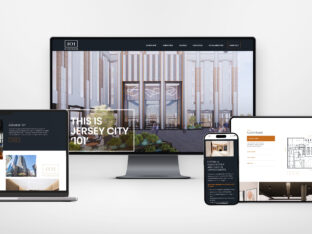The purpose of search engine optimization, in the grand scheme of things, is to increase the amount of traffic to a clients’ brand in hopes of that traffic resulting in sales. However, an increase in traffic to a website doesn’t necessarily guarantee an increase in sales.
Many believe that can be accomplished using conversion optimization, which can be defined as a system for increasing the percentage of visitors to a website that convert into customers.




